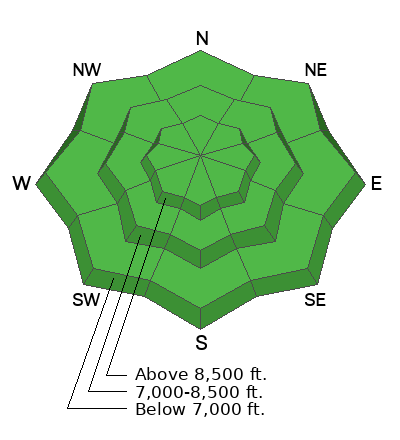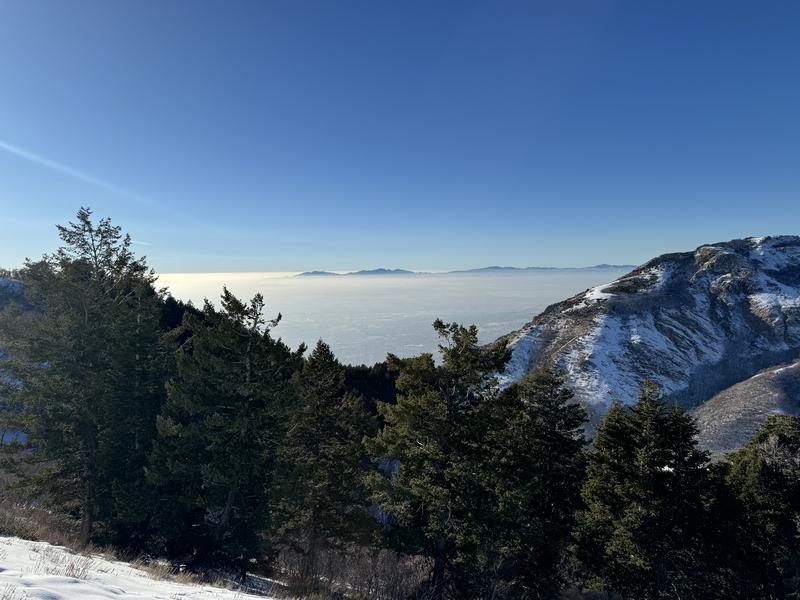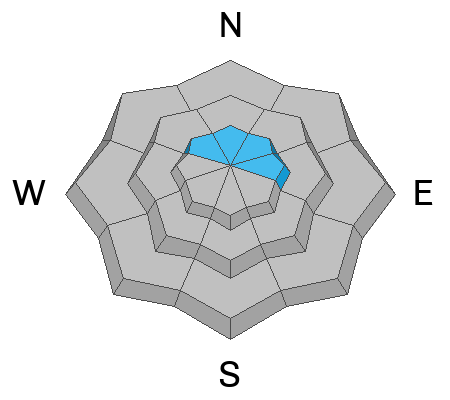Forecast for the Ogden Area Mountains

Issued by Drew Hardesty on
Wednesday morning, December 4, 2024
Wednesday morning, December 4, 2024
The avalanche danger is LOW and the snow is mostly stable. Triggering an avalanche 1-2' deep failing on our PWL (persistent weak layer) is unlikely but not impossible. Otherwise, small wet or dry sluffs can by expected in isolated areas or extreme terrain.
**Remember that risk is inherent in mountain travel.**

Low
Moderate
Considerable
High
Extreme
Learn how to read the forecast here











